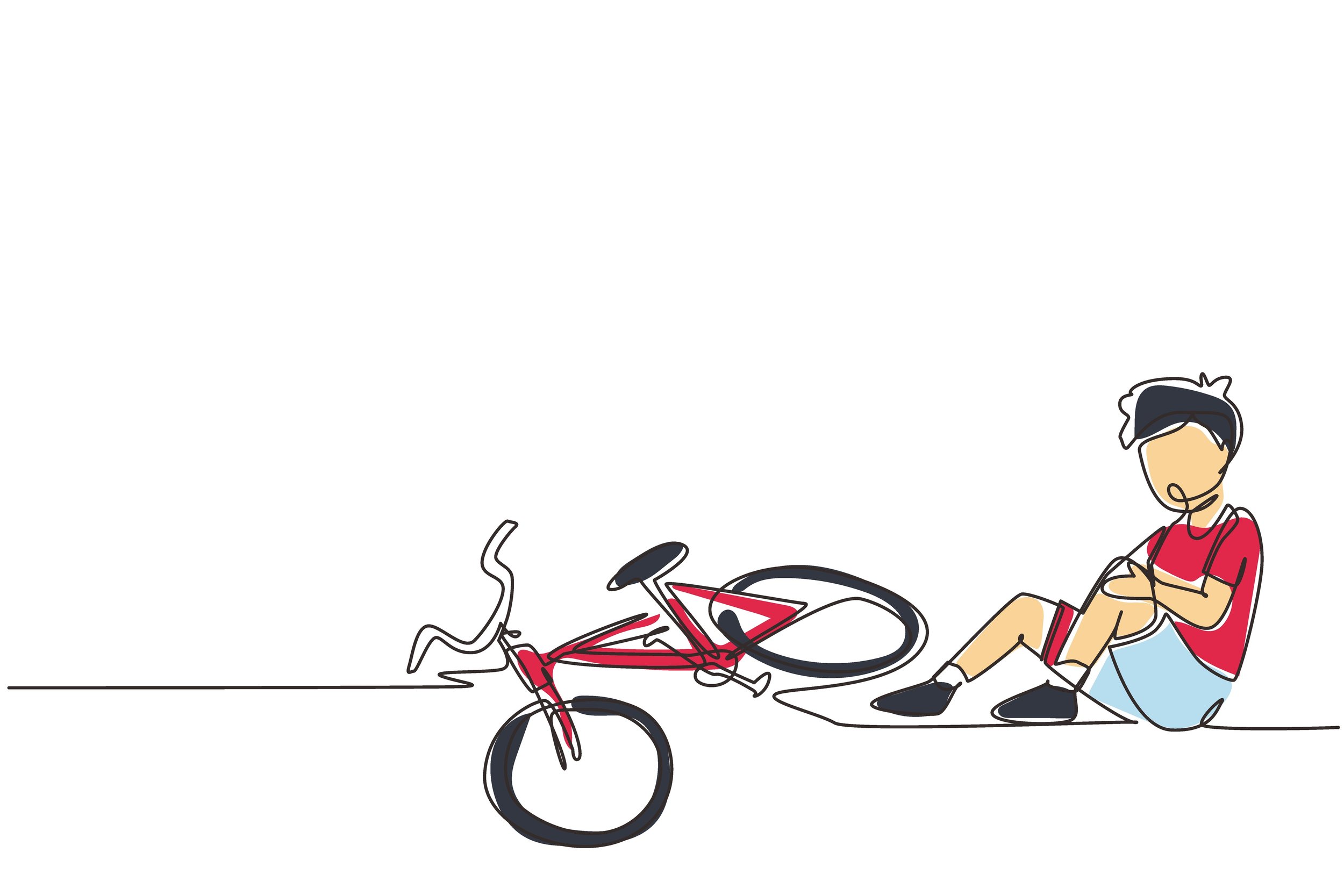Quibble
I began my teaching career when challenging students were handled using a process called ‘behaviour modification.’
There were many supporting theories about why behaviour modification worked. However, as my career progressed, I uncovered many more theories about why it didn’t work. One key factor was the lack of effective communication. Behaviour modification had good intentions, but it relied heavily on external influences. Adults made decisions about acceptable classroom behaviour, but if those decisions weren't communicated effectively, students were left in the dark about their boundaries.
Also, it became an exercise in quibbling about which boundaries were important.
Behaviour modification used external reward systems like star charts. Earning enough stars meant trading them for higher rewards. It worked well for the kids it always worked for, but challenging students found the system complex.
Despite the good intentions, many students didn’t respond in the ways we had envisioned. You may have the same issues with your children.
My son found sleeping in his bed difficult during his early years. Many a night, we found him curled up beside us.
Side note: Co-sleeping now seems more the norm than the exception.
We tried behaviour modification. He could earn a reward for spending a specified number of nights in his bed. The rewards grew larger and larger. He worked his way through the system to the point where he could earn himself a bike.
Two nights before the big payoff, he crawled into our bed with the words, ‘I don’t want a bike.’

